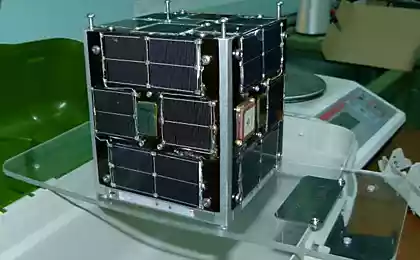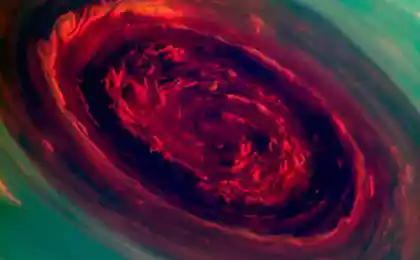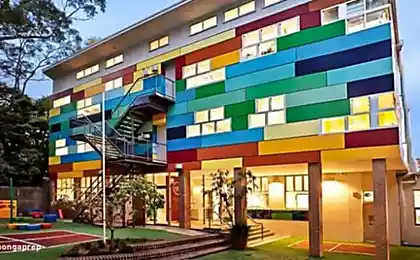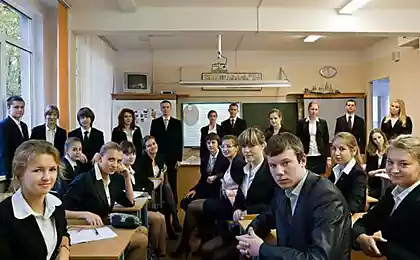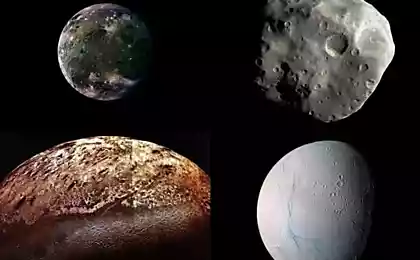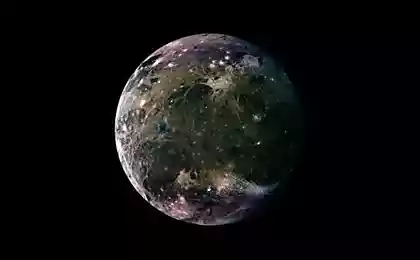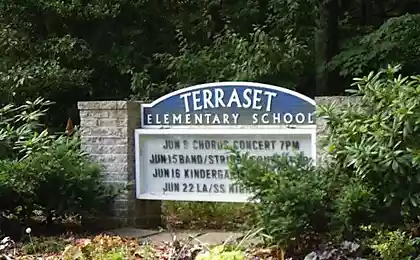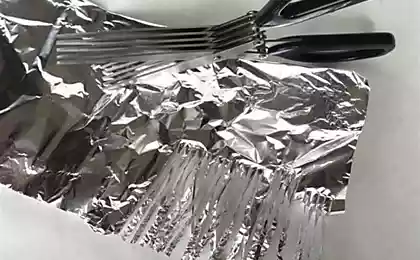923
RosCanSat or "satellite" in an aluminum pot in Russian

Successfully completed III Russian Championship «CanSat», which took place in early July in Taldom district.
CanSat - this is a working model of a microsatellite weighing up to 350 grams. All the main elements of the "satellite" should fit in the volume of bank 0, 5 liters. "Sputnik" launch rockets or dropped from a helicopter from a height of 1-2 km, and during a smooth descent by parachute transmits useful information.
So start all the official reports of the last event. The reader who is familiar with the format of CanSat question arises: "Stop! And why 0, 5, and not 0, 33? ", The reader is not familiar with the format of CanSat question arises:" What is it? "As well as" What is the use of the model of the satellite and a small stature? "And other similar Association.
I was lucky enough to be in the jury of the contest under the cut and I'll tell you what's the difference CanSat'a Russian, from its American ancestor.
Dauria strongly supports any space undertakings, including sponsoring competitions KanSat in Russia . Habré is still nothing about this movement is written, there are only a few references, I decided to fill this gap.
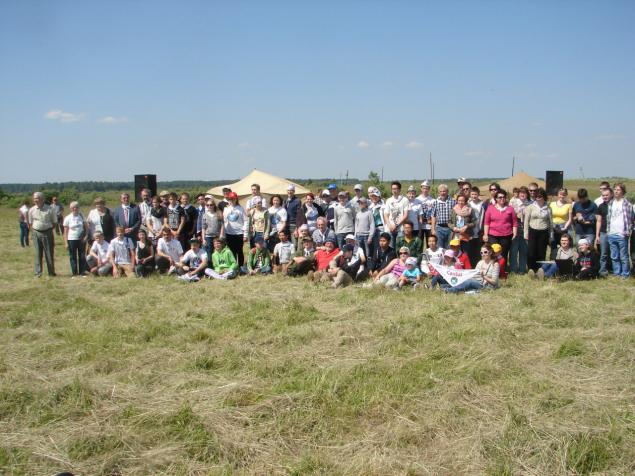
What is KanSat? You can treat it as a movement, it is possible to look narrowly, then this is the model of microsatellite weighing up to 350, I see this as a move designed to simulate the actual production of the spacecraft. Beginning in 1999, with support from NASA, it was originally aimed at the students of specialized universities that they went through all the stages of production of the spacecraft in tangible terms, and saw immediate results. Scientific and technical challenge in this case was not in a battle with the adverse effects of cold space, and miniaturization. The device must fit into the dimensions of the volume of aluminum cans 0, 33 l.
But in Russia have gone the other way, the weight remained the same, but the height was raised to a height of 0, 5 liter cans. In consequence of that, "our" kansat is not integrated into the world community. But as I'm sure the number of teams will test group in the "classic" format. The second is more important difference is the target audience. RosKanSat aimed primarily at schoolchildren, at the last event, the youngest participants were in 6th grade!
In world practice, the competition is divided into several classes. This is the "classic" KanSat, jar fill up a rocket and it is uncontrollable descent to transmit telemetry. There is a class with a controlled descent, the device should return to the starting place. There starts a height much greater than 1-2 km - into the stratosphere. But Russia has held a "classic" version, is called the regular league. Nevertheless, there were several teams that have tried to implement a managed run.
Mandatory program KanSata is telemetry parameters pressure and temperature. And more features are dependent on the wishes of the team. What is interesting, you can make a "jar"? Apart from the invaluable experience in designing and manufacturing complex systems, as well as programming, working with the broadcast, more payload options were the most diverse.
The team won the regular league «Rara Avis» installed on your COP set of sensors for monitoring weather: humidity sensor, an additional temperature sensor.

Team runner - ISS-17, without departing from the task just zadublirovala all major sensors, as well as taken care of thermal insulation.

The third important difference RosKanSata from global peers but dimensions of the device and the target audience, it is the presence of "Major League." Strictly speaking, this is not no KanSat, cans of soda here and does not smell. The format is already much closer to KubSatam. Weight Mo - 1kg. And she payload, as well as the task is much more interesting. Mandatory program League - telemetry, positioning the device in flight at the magnetometer, and laydown rescue system at an altitude of 200-400 m.
The winners - the Belarusian team.
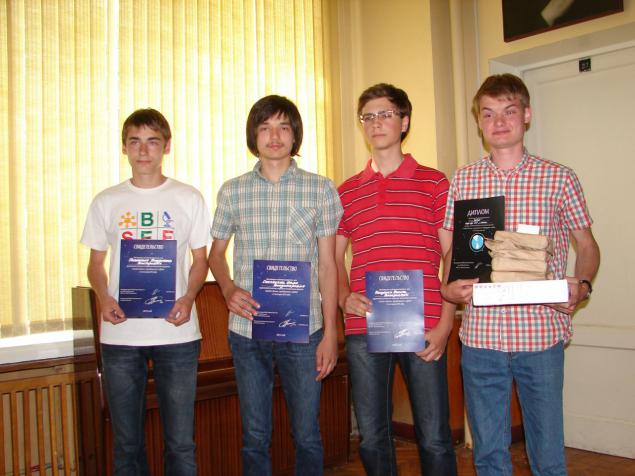
And their device with an infrared camera.

The boys took pictures in the infrared, as well as highlighted in red in the visible range. And based on these data, calculated NDVI place to start! The result, of course, not N DVI, as valuation no one did. But the results are still impressive.
We were in League and designs custom systems decline. Usually - it's parachute. But the team Gagarin-M has been a fantastic project to reduce by means of the impeller. Unfortunately the lack of elaboration of the project is not allowed to conduct flight tests.

Team runner - «Galaxy», said a soft landing, but unfortunately perezhignaya thread did not work because of air flow. And the machine flopped without parachutes, but turned out to be safe and do not harm!
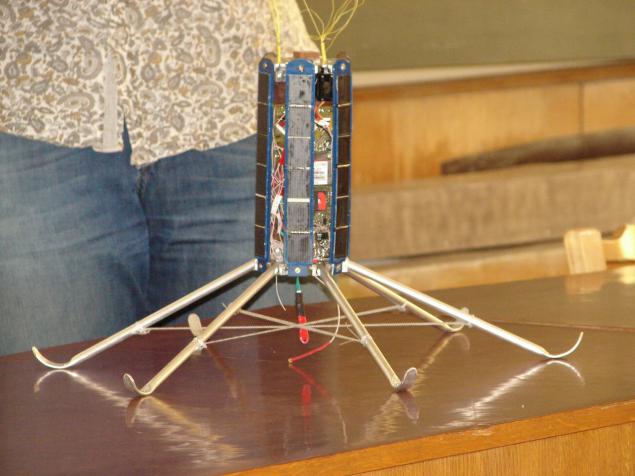
Unfortunately, not all members of the regular league happened soft landing. In the photo the team KS "Rokot". He is in the beginning of this article.

Starting this year, the competition received information support for the Russian Space Agency (And in the future, the logo can be used RosKanSata emblem Russian Federal Space Agency), so I hope the movement will grow. I know that Habré there are many people who care about education of students who organize various radio clubs. For them, the participation of their wards in such competitions may be a good target!
Lastly, a few more pictures from "fields».
Field Mission Control Centre. And the head of operations - Nikolai Vedenkin - Project Management Director of the Moscow branch of Dauria.
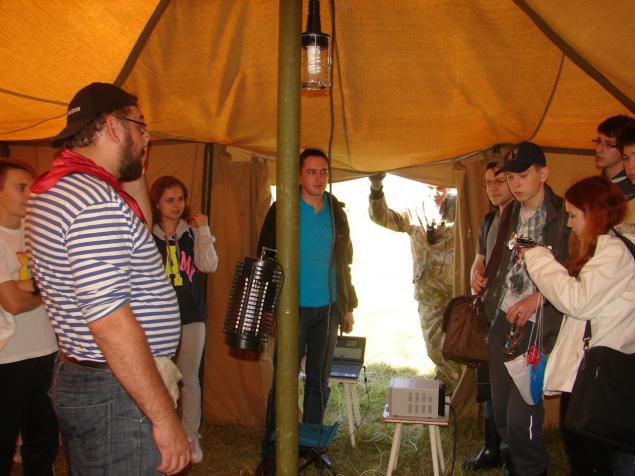
Preparation of start.

Unfortunately, not all the launches were successful.
And because failed to establish trouble-free launches heavy vehicles overhead lines, so they threw a geksokoptera.

On this I would like to finish his story. With pleasure I will answer the questions in the comments. Sorry for some confusion, Chukchi not a writer. I hope that the topic will be interesting habrasoobschestvu, and perhaps in time will get their own hub. I would like to see a movement develop.
Source: habrahabr.ru/company/dauria/blog/229357/
On August 1, the Internet in Russia will block the entire subnet
MiCoach Fit Smart: minimalistic fitness tracker from Adidas

